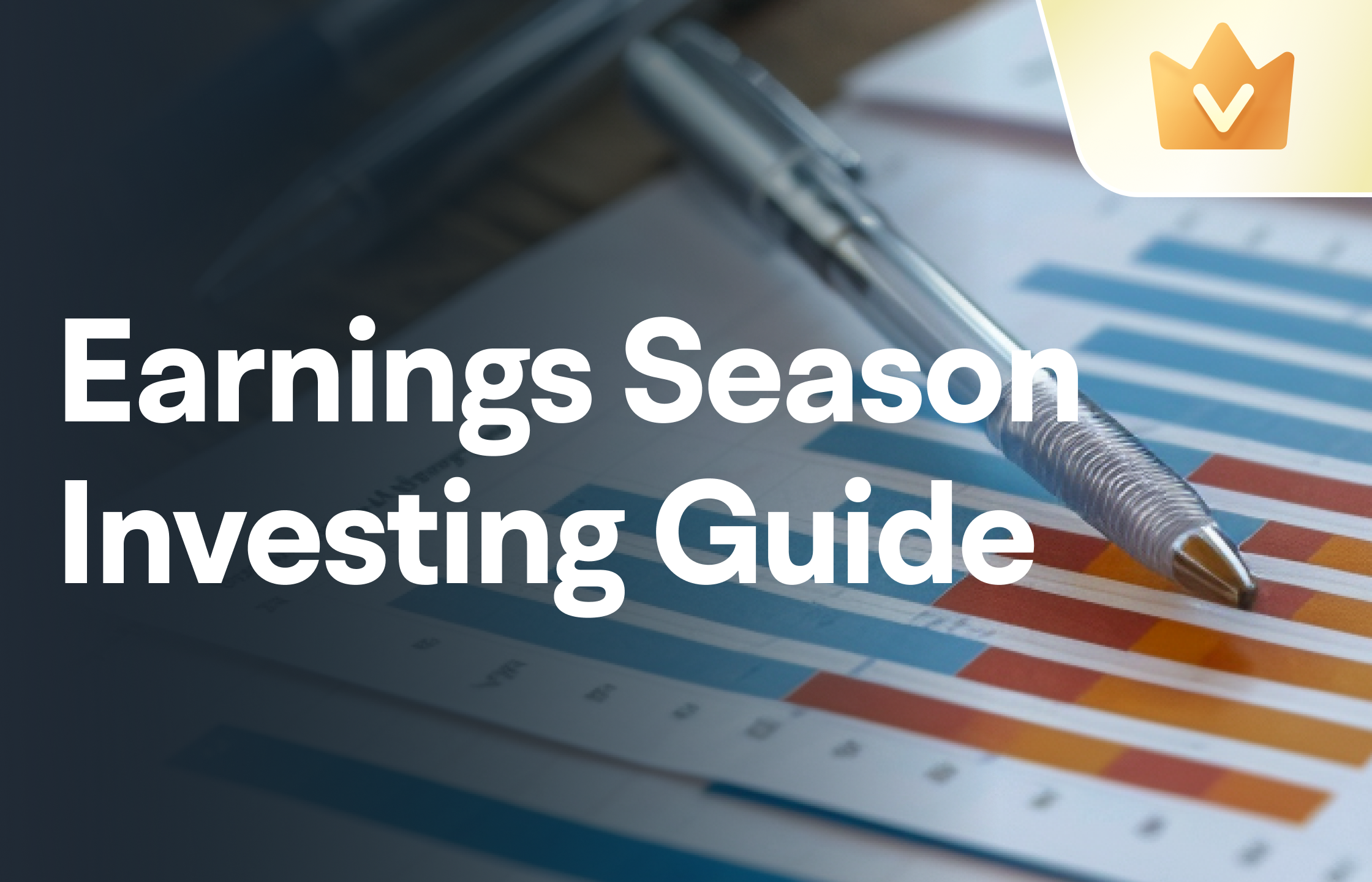At the nearly certain non-movement FOMC meeting in March, investors may carefully look for clues: How far is the Federal Reserve from its next rate cut?
On March 18th, financial media reported (Editor: Xiaoxiang) that at the nearly certain non-movement FOMC meeting in March, investors may carefully look for clues: How far is the Federal Reserve from its next rate cut?
Economists currently generally expect that the Federal Reserve will keep the benchmark interest rate unchanged at this week's meeting, as President Trump's tariff policy is expected to stimulate inflation while suppressing economic growth this year, putting the Federal Reserve in a dilemma, and at least for now, it will have to remain in a "wait and see" mode.
 However, Diane Swonk, chief economist at KPMG, believes that what may be more important now is a question for the future: Can Federal Reserve officials ignore the signals of rising inflation expectations and act according to the rate cut path currently estimated by the market; or will they decide to maintain the interest rate unchanged for a long time until they are sure that the rise in inflation is only temporary?
However, Diane Swonk, chief economist at KPMG, believes that what may be more important now is a question for the future: Can Federal Reserve officials ignore the signals of rising inflation expectations and act according to the rate cut path currently estimated by the market; or will they decide to maintain the interest rate unchanged for a long time until they are sure that the rise in inflation is only temporary?
Currently, traders in the interest rate derivatives market expect the Federal Reserve to cut rates three times this year, with the first rate cut of the year starting in June.
Krishna Guha, vice president of Evercore ISI, stated, "Since the Federal Reserve is in a wait-and-see state, nothing major should happen at the March FOMC meeting. But we still think this is a tricky meeting, and the risks facing the market are greater than usual."
(The volatility term structure of US stocks has responded to the Wednesday Federal Reserve decision as if it were a major enemy.)
After cutting rates by a total of 100 basis points in the last three meetings of 2024, the Federal Reserve maintained the federal funds rate target range at 4.25% to 4.5% in January. Although a series of recent economic data shows increasing downward pressure on the US economy, and the combination of Trump's tariffs and spending cuts has brought immense uncertainty to the economic outlook, the Federal Reserve seems hesitant to cut rates further rashly—because there is still stickiness in the area of inflation, and inflation expectations tracked by the University of Michigan have also risen significantly recently.
In his last public appearance before the interest rate meeting, Powell stated that the Federal Reserve should not rush and should give itself some breathing space. "The cost of being patient is very low. The economy is performing well and does not actually require us to take any action, so we can and should continue to observe," Powell said.
Powell also pointed out that the Fed wants to understand the "net effect" of Trump’s policy changes in four areas: trade, immigration, fiscal policy, and regulation.
However, economists currently agree that this will create a complex policy balancing dilemma.
When will the next rate cut occur? There are various opinions in the industry.
Former Boston Fed President Rosengren recently stated in a media interview that he now believes the economy will significantly weaken later this year, and both the hawks and doves within the Federal Reserve will agree to cut rates once or twice in the fall.
Rosengren said, "I originally expected that tariff policies would not have a substantial impact and thought that policy would remain stable this year. However, current expectations show that the economy will experience enough weakness that they (the Fed) will have to restart the easing cycle for the wrong reasons."
Rosengren indicated that he predicts the growth rate of the US economy will slow to an annualized rate of 1% this year and believes the probability of recession is about 30%, while the normal probability of recession is usually around 15%.
However, Kaplan, the former Dallas Fed President and also a retired "old cadre" of the Fed, holds a completely different view. He believes that in the context of persistently high inflation, investors should understand that the Fed will be "more passive rather than active" this year and will not easily cut rates at the first signs of economic weakness.
Luke Tilley, the chief economist at Wilmington Trust, also expressed that he believes the "Federal Reserve is trying not to make any changes to interest rates. If the data can make them pull back from the brink, and the economy does not look like it is collapsing, and inflation does not seem to be taking off, that would be the best they can do."
Many analysts indicate that how Federal Reserve officials weigh the impact of presidential economic policies will clearly be key to the direction of interest rates going forward. Some believe that Trump's tariff plans will drive prices higher this year. However, these plans will also lead to economic weakness, which will subsequently reduce inflationary pressure next year.
Currently, the inflation measure most favored by the Federal Reserve—the PCE price index—has fallen from a previous high of over 7%, but has recently remained quite stubborn, with year-on-year growth still above 2.5%. Torsten Slok, chief economist of Apollo Global Management, stated that according to the overall description from the White House, Trump's tariff measures are expected to raise the core PCE inflation rate by about 0.5 percentage points.
This will keep the inflation rate around the 3% range, which is still considered "too hot" for many Federal Reserve officials.
Claudia Sahm, the author of the famous "Sahm Rule" and chief economist at New Century Advisors, also stated that the Federal Reserve would only lower interest rates if there were signs of a severe economic slowdown. Sahm indicated that there are currently two possible policy paths for the Federal Reserve: either maintain the current interest rate or start a more aggressive rate-cutting cycle in the event of a noticeable deterioration in the labor market. If the degree of economic deterioration is severe enough, hawkish members will have to join the easing camp.
However, the likelihood of the Federal Reserve taking action at the meetings in March or May is clearly limited. Former Federal Reserve Vice Chairman Roger Ferguson stated that he does not believe the Federal Reserve will take action in May. In an interview, he stated, "I think if the market expects the Federal Reserve to lower rates at the next meeting, they may be disappointed."
However, Tim Duy, chief economist at SGH Macro Advisors, expects that despite Powell's hawkish stance in the short term, this will not prevent financial market participants from anticipating rate cuts in the coming year.
Regarding the interest rate decision this Wednesday, Vince Reinhart, chief economist at BNY Investments, believes that any hawkish tones in Powell's remarks could disappoint the market.
![]() Get a sneak peek at important financial events and discover investment opportunities early! Open Futubull > Market > US Stocks >Financial Calendar/Selected macro data., seizing investment opportunities!
Get a sneak peek at important financial events and discover investment opportunities early! Open Futubull > Market > US Stocks >Financial Calendar/Selected macro data., seizing investment opportunities!

Editor/danial












Comment(1)
Reason For Report